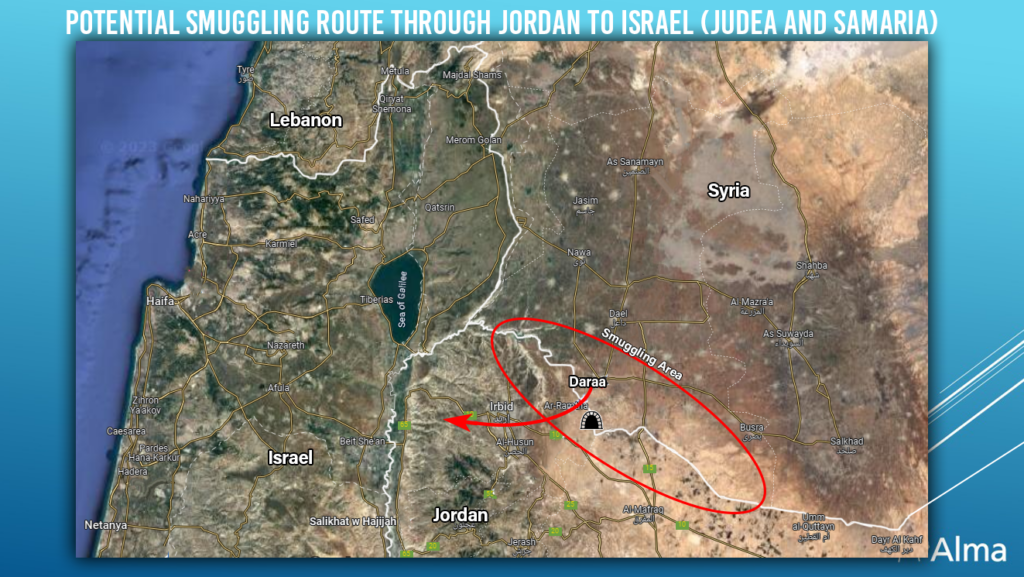Iran and Hezbollah regard southern Syria as a strategic region. Aside from the fact that this is a central area with drug production infrastructure and smuggling routes to Jordan and from there to Saudi Arabia, the Gulf states, and the rest of the world, there is a short geographical connection from southern Syria to northern Jordan and from there to Israel, Judea, and Samaria.
The relationship between narcotics and terrorism is inextricable. Similar to southern Lebanon, the activity of the drug smuggling platform in southern Syria facilitates the activity of the terrorist platform against Israel. For instance, drug trafficking will be used to transport “game-changing” weaponry and equipment. The same individuals involved in the production, distribution, and smuggling of illicit narcotics will smuggle weapons and equipment into Israeli territory from Iran or Hezbollah via Syria, with a particular focus on Judea and Samaria. Beyond the ability to use “game-changing” weapons, the introduction of such weapons in Judea and Samaria will allow terrorist organizations to develop a knowledge infrastructure and the ability to independently manufacture them (reverse engineering).
The short geographical route in Jordan passes through the Irbid region and from there to the relatively breached (with almost no artificial obstacles) border with Israel, south of the Sea of Galilee, the Beit Shean region, and south of it (note: it should be noted that the Iranians have the option of smuggling weapons without passing through Syrian territory but rather from Iraq directly to Jordanian territory and then to Israel).
Iranians and Hezbollah are well aware of and exploit this fact. Beyond the great economic transformation, they are profoundly involved in the infrastructure of the drug manufacturing and smuggling industry in southern Syria:
On August 24, it was revealed that two standard Iranian-made Claymore explosive devices shipped by Hezbollah to an arms smuggling network in Israel were recovered in July 2023. Hezbollah (Unit 133?) established and ran a smuggling network in Israel to receive uncommon weaponry and distribute it to varied elements, including criminal organizations within Israel. Clearly, if the weapons reach Israel, they may (and could easily) reach Judea and Samaria as well.
On August 27, it was reported that at the end of July, two additional standard Iranian-made explosive devices had been seized while being smuggled from Jordan into Israeli territory via Ashdot Ya’akov (south of the Sea of Galilee). The explosive devices were destined for Judea and Samaria.
It is recommended to read in context the report we published in July 2021 on Hezbollah’s Unit 133 and its commander, Hajj Khalil Harb.
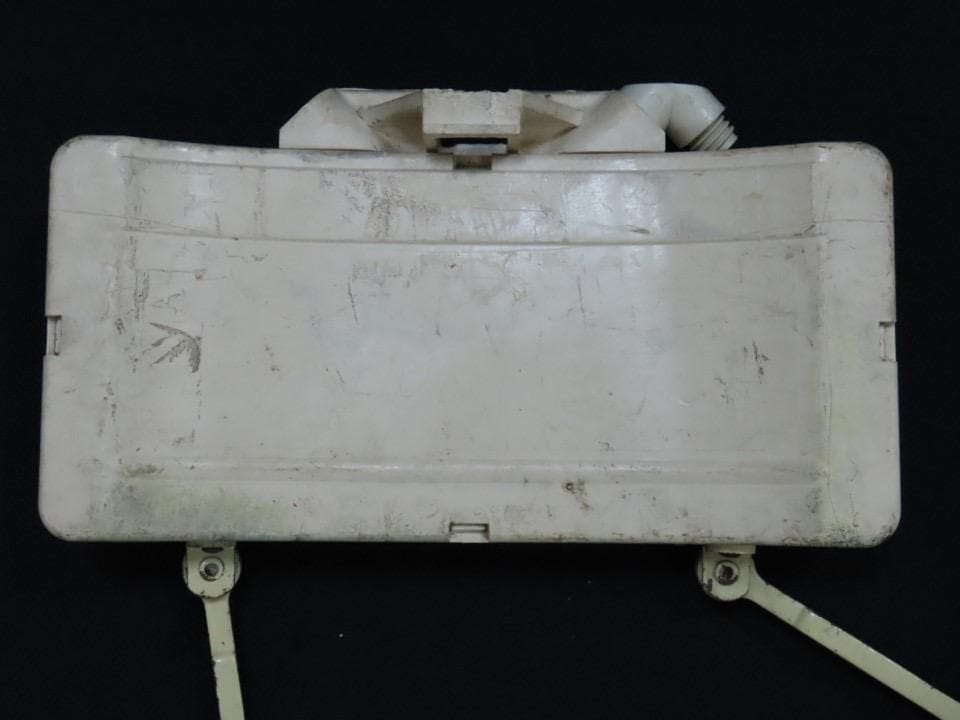
The Claymore explosive device that was smuggled into Israel
The drug smuggling infrastructure from southern Syria to northern Jordan is carried out mainly through the geographic area south of the city of Deraa and southeast of the city of Deraa along the border with Jordan. The smuggling is carried out on land (on foot, in vehicles, or on donkeys), by air (drones), and also possibly underground (smuggling tunnels).
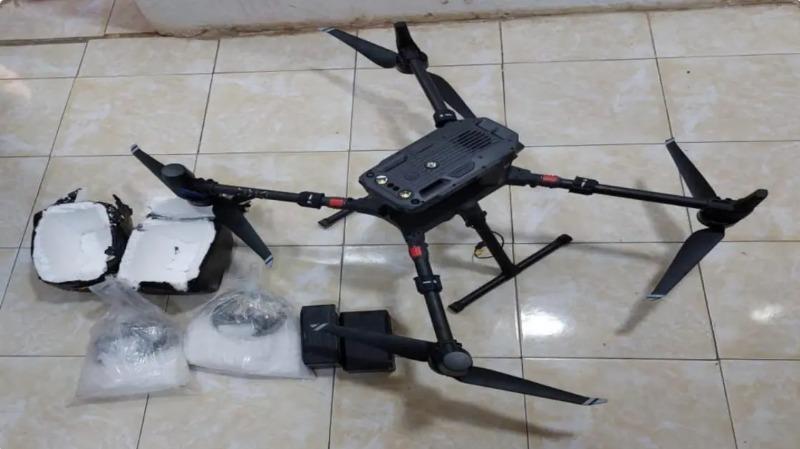
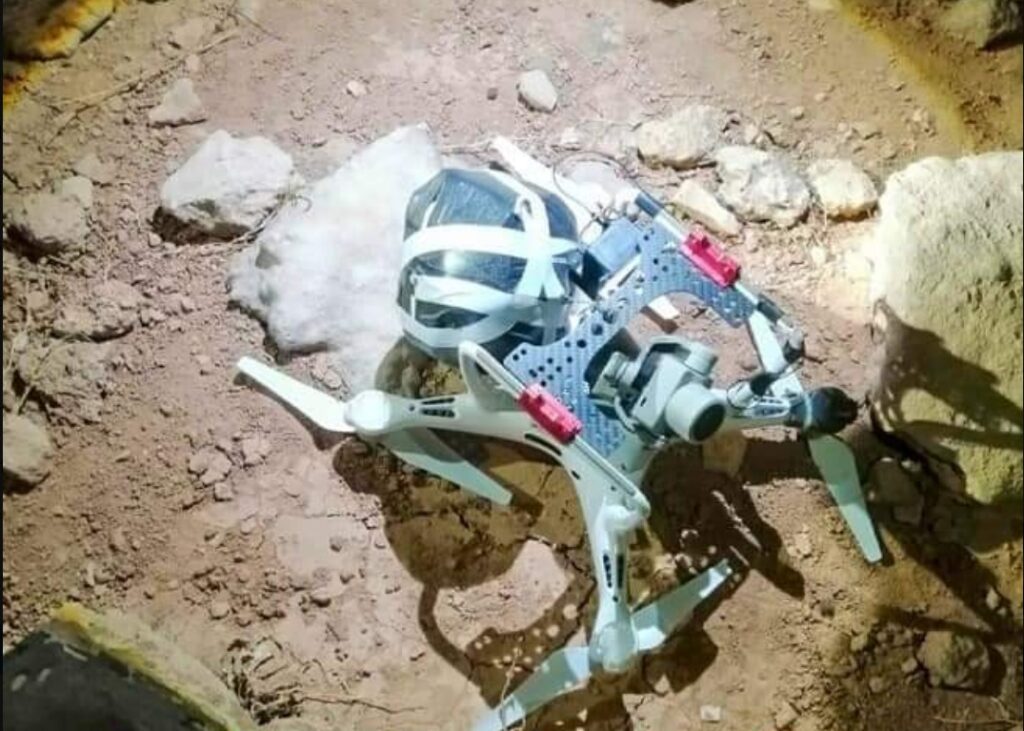
The drug smuggling is carried out with the help of Syrian locals from the southern provinces (mainly from Deraa and Suwayda, but also from Quneitra). Many of them are Sunnis and Bedouins who belong to the local militias that serve as mercenaries of the Shiite Axis or the Syrian regime (especially the 4th Division and the intelligence body, the Air Force Security). Druze, both from the Quneitra and Sweida provinces, are also partners in production and smuggling.
The Jordanians are quite concerned regarding drug smuggling from southern Syria into Jordanian territory, and they are working diligently to prevent it. The height of activity, so far, was demonstrated in an attack by Jordanian planes on a Captagon production site in the town of Aliduda and the compound of Mar’i al-Ramtan (“Abu Hamza”) in the village of Al-Shaab, east of Sweida, on May 8, 2023. Abu Hamza is regarded as the region’s most senior smuggler.
While the drugs (mainly Captagon) continue mostly to the southeast: Saudi Arabia, the Gulf states, and from there to the rest of the world, arms smuggling (based on the drug smuggling infrastructure) turns westward: to Israel, with an emphasis on Judea and Samaria.
Who can assist in smuggling weapons into Jordan? In addition to local Jordanians, there are hundreds of thousands of Syrian refugees in Jordan (their current population may exceed one million). A large number of Syrian refugees reside in the Irbid region, which is part of the route used to smuggle weaponry into Israel. The Syrian refugee population, wherever it resides, provides a fertile recruiting ground for terrorist and intelligence groups. The Iranians and Hezbollah are making good use of this to their advantage. It is important to observe that the Iranians and Hezbollah have always shown considerable interest in Jordan. They were heavily involved in it among the local populace, which is less friendly/close to the royal family. Iran and Hezbollah viewed Jordan as an essential link to Saudi Arabia in the north and Israel in the east.
In the early morning hours of August 31, explosions were heard and seen in an agricultural area south of the village of Al-Ghariya in southern Syria (south of Sweida), very close to the border with Jordan. According to local reports, this was an airstrike against an area used by the drug smuggling infrastructure. Some of the reports noted that it may have been a Jordanian operation. As of this writing, no formal approval has been received from Jordan. If indeed there was, it was an attack in the area where the drug smuggling routes pass, a route on which the weapons smuggling is based.
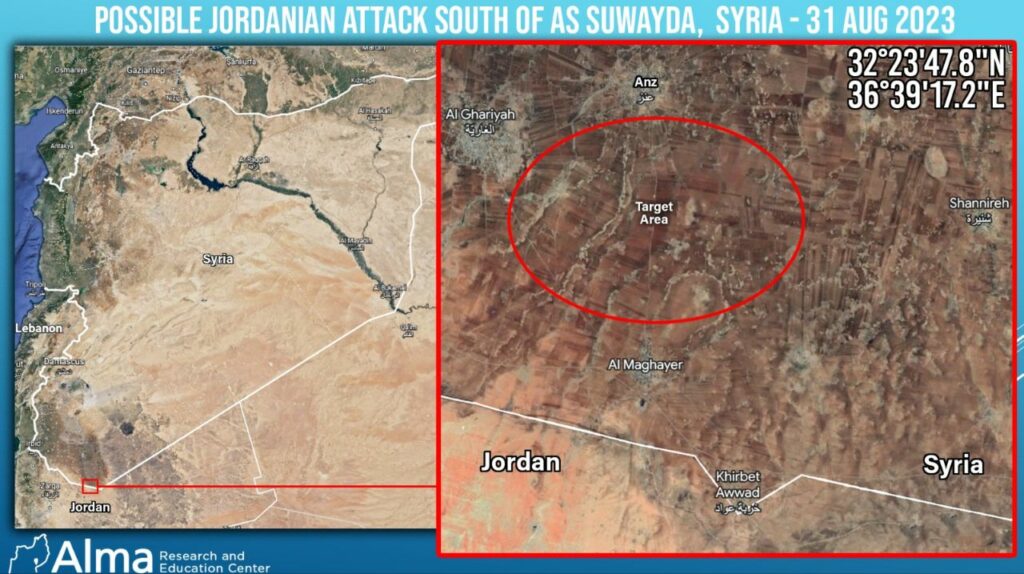
In conclusion, given precise intelligence, the CBW must operate on Syrian soil against smugglers, vehicles, and smuggling routes that have “physical contact” with weapons originating in Iran/Hezbollah and intended to reach Israeli territory via Jordan and which are “game-changing” weapons (Standard explosive devices, rocket parts, etc.). It is possible that in a situation in which weapons smuggling leaks over from Syrian (or Iraqi) territory into Jordan, a cooperation mechanism should be established that will enable the operation of the CBW on Jordanian soil. If necessary, it must also operate independently on Iraqi soil. Unlike the Jordanians, the CBW does not have to act against drug production infrastructure.

